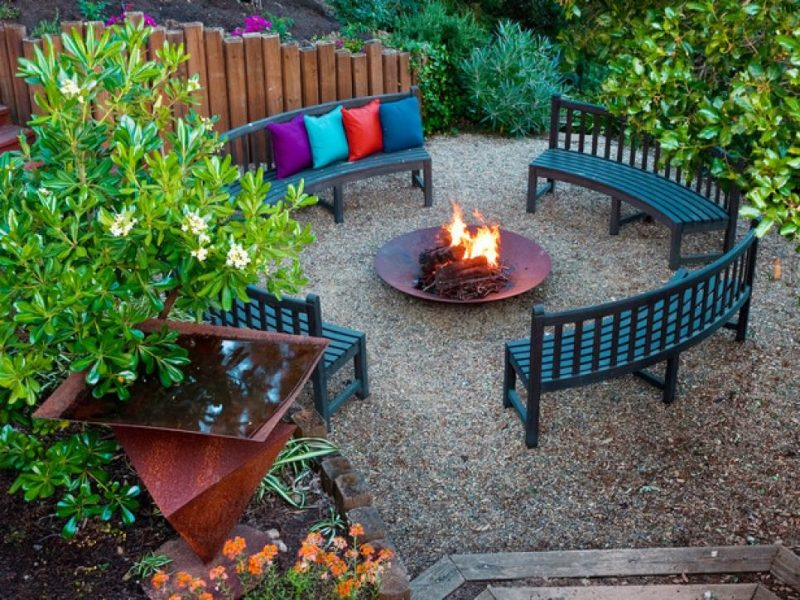Landscaping, the captivating blend of art and science, has an extraordinary ability to transform outdoor spaces into breathtaking havens of beauty and tranquility. From meticulously designed gardens to awe-inspiring parks, this intricate craft unveils the endless possibilities of harmonizing nature and human creativity. In this article, we embark on a journey through the world of landscaping, exploring its essence, techniques, and the profound impact it has on our lives.
At its core, landscaping is an art form that seeks to create visually appealing and functional outdoor environments. It is an expression of human ingenuity that utilizes the natural elements of the earth to craft living masterpieces. The process involves careful consideration of various factors, such as terrain, climate, existing vegetation, and the desires and needs of those who will inhabit the space.
One of the fundamental principles of landscaping is the harmonious integration of elements. A successful landscape design seamlessly blends natural elements, such as trees, shrubs, flowers, and water features, with man-made structures like pathways, patios, and gazebos. This harmonization aims to create a sense of balance and unity, where the hand of human intervention appears almost invisible, allowing nature to take center stage.
The palette of a landscaper consists of plants, flowers, and trees, carefully selected to evoke emotions, create ambiance, and enhance the overall aesthetics. The color scheme, texture, and seasonal variations play a significant role in shaping the atmosphere of a landscape. Vibrant blooms in spring, lush greenery in summer, fiery foliage in autumn, and sculptural silhouettes in winter all contribute to the ever-changing beauty of a well-designed landscape.
Landscaping techniques vary depending on the desired outcome and the unique characteristics of the site. A landscaper must have a keen eye for topography, as contours and slopes can be used to create visually stunning terraces, retaining walls, and cascading water features. Furthermore, the manipulation of light and shade through strategic placement of trees and structures adds depth and dimension to the landscape.
Sustainability and environmental consciousness have become integral aspects of modern landscaping practices. Embracing native plants, using water-efficient irrigation systems, and incorporating eco-friendly materials are now commonplace in landscape design. By integrating these sustainable elements, landscapers strive to minimize environmental impact and create spaces that thrive in harmony with their surroundings.
Beyond their aesthetic appeal, landscaped spaces offer numerous benefits to individuals and communities. Research suggests that exposure to nature improves mental well-being, reduces stress, and enhances overall quality of life. Parks, gardens, and even urban landscapes contribute to cleaner air, increased biodiversity, and provide spaces for recreational activities, fostering a sense of community and connectivity among residents.
The impact of landscaping extends beyond private gardens and public parks. It finds its place in urban planning, corporate campuses, and even therapeutic landscapes designed to aid in healing and rehabilitation. Landscaping has the power to transform concrete jungles into vibrant oases, offering respite from the chaos of city life and restoring the balance between human existence and the natural world.
In conclusion, landscaping is an artful dance between nature and human creativity. Through the skillful arrangement of elements, a landscaper breathes life into outdoor spaces, creating captivating environments that captivate the senses and nurture the soul. The ability to mold and shape nature into unique compositions is a testament to our profound connection with the Earth. So, whether you find solace in a meticulously manicured garden or seek refuge in a sprawling public park, take a moment to appreciate the wonders of landscaping and the beauty it bestows upon our lives.







